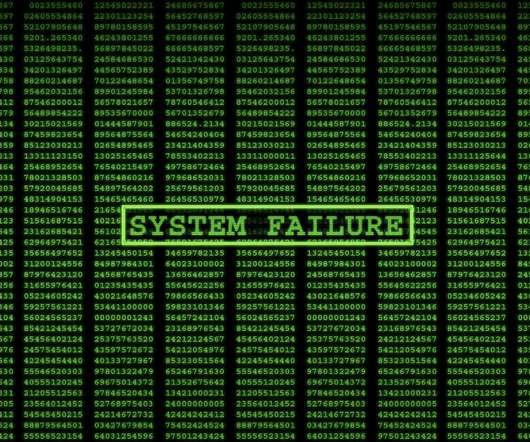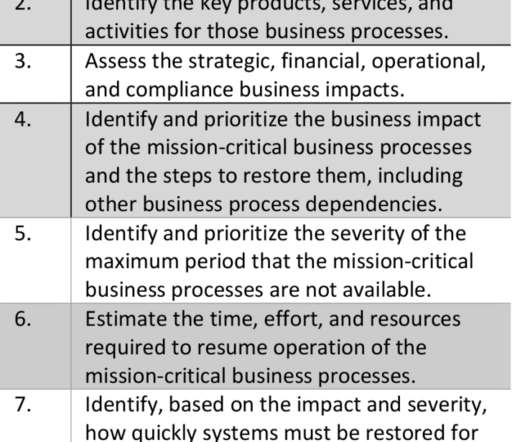Central Bank Digital Currency (CBDC) and blockchain enable the future of payments
IBM Big Data Hub
AUGUST 17, 2023
The financial world has been revolutionized by blockchain technology, which has enabled peer-to-peer transactions without the need for intermediaries. The introduction of Central Bank Digital Currency (CBDC) has added a new dimension to blockchain technology that transforms the future of payments for businesses and individuals.


































Let's personalize your content